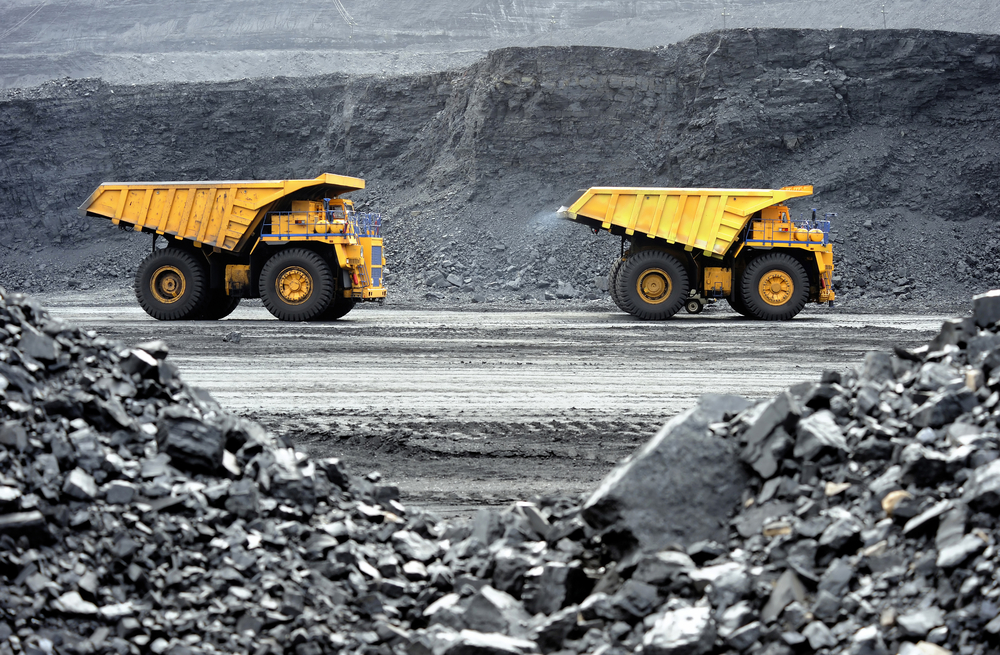WARSAW, Poland — The masters of the black-rock industry gathered at the International Coal & Climate Summit in Warsaw this week — strategically hosted just a stone’s throw from the U.N. climate conference (COP19) — and they would like you to believe that coal has a place in a climate-friendly future.
At the summit, hosted by the World Coal Association (WCA), industry reps are promoting “high-efficiency” coal plants, carbon capture and storage (CCS), and other, wacky tech “breakthroughs” (gasification, anyone?).
The overall theme of the coal summit is that countries can keep burning coal and meet climate targets. They can have their cake and eat it, too.
Probably because CCS and other breakthroughs are still entirely unproven commercially, there’s been particular hype around so-called “high-efficiency coal.” In its Warsaw Communique that preceded the summit, the WCA called for “the immediate use of high-efficiency low-emissions coal combustion technologies as an immediate step in lowering greenhouse gas emissions.”
It’s a claim oft-repeated this week in Warsaw: High-efficiency coal is a climate solution.
Except it isn’t, says a group of 27 scientists from around the world who together released a report on Monday on how coal is absolutely incompatible with current internationally agreed-upon climate goals.
“Nations have agreed to limit temperature increases to no more than 2 degrees Celsius,” said Bert Metz, a fellow with the European Climate Foundation and former co-chair of the IPCC’s Mitigation Working Group (or, a guy who knows what he’s talking about). “And to do that there is simply no room to build unabated coal plants.”
“The solution they’re offering is completely at odds with the need,” Metz told me.
Metz and his follow scientists put together some charts to prove it. They’re a little wonky, but the message is not too hard to grasp. Let’s walk through them.
What you’re looking at here is the cumulative volume of greenhouse gases, measured in grams of carbon dioxide equivalent per kilowatt-hour, of new energy technologies. This is for the whole life of an electricity generating technology. See coal over there on the far right? See how even the lower range of new coal plants is still higher than just about everything else? Metz explained that the most efficient coal plants out there — like the ones that they’re crowing about in the WCA — still emit about 750 grams of CO2 equivalent per kilowatt-hour. That’s more than double the most efficient gas-fired power plants, and orders of magnitude higher than every single renewable resource charted.
In other words: Don’t be fooled by this high-efficiency chatter. Even the best new coal plants still emit way more greenhouse gases over their lifetime than every other electricity technology out there.
And those orange dots on the bottom right? That’s coal with carbon capture and storage, which doesn’t exist in any real-world sense. So-called “unabated coal” is all there is right now, and it’s far from a “climate solution.”
So that first chart shows us that coal, even highly efficient coal, still spews a lot of greenhouse gas emissions relative to literally every other energy technology out there. But to fully realize that new coal-fired power plants are entirely incongruous with combating climate change, we’re going to have to look at another chart (last one, I promise):
The scientists use a carbon budget of 1,000 gigatons of CO2 equivalent, which is the consensus figure climate scientists have calculated to keep global warming below the 2 degrees Celsius that world leaders have agreed upon.
What you see above are the results of 40 different scenarios tested under the Global Energy Assessment to model ways to effectively limit warming to less than 2 degrees. Focus on the stuff on the right. The only instance where any significant amount of unabated (er, non-CCS) coal remains is the “I” scenario, which assumes massive savings in energy efficiency and many early closures of old inefficient power plants well before they’re due to be shuttered — an outcome that the authors find “not realistic.”
So to get to the emissions savings needed by 2050, there’s barely any room at all for emissions from new coal plants. “New or retrofitted coal plants without CO2 capture and storage will have a lifetime of 40-50 years,” said Metz. “We need to dramatically reduce emissions over the next 40 years. That is not possible with unabated coal.” In other words: To stay under 2 degrees warming, the world has to stop building new coal plants, like, today, and find lower emissions sources to fill the energy gap.
For her part, Christiana Figueres, the executive secretary of the United Nations Framework Convention on Climate Change, addressed the summit on Monday’s opening session, and echoed the need to immediately get away from unabated coal. She called on the industry [PDF] to “close all existing subcritical plants,” to “leave most existing [coal] reserves in the ground,” and for the industry to “change rapidly and dramatically for everyone’s sake.”





